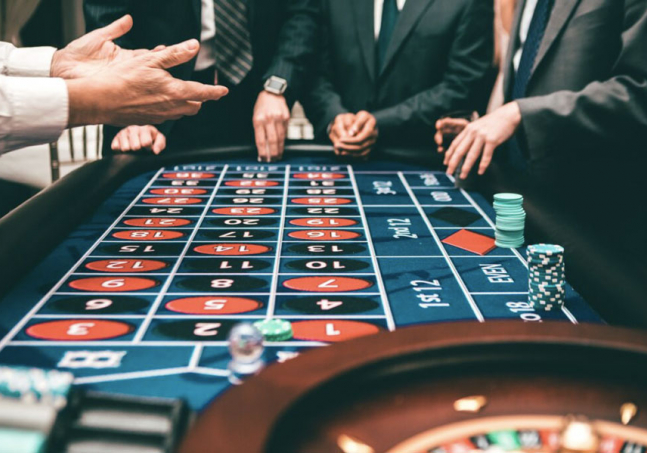The standard Martingale system is the most famous and is a strategy in which you double up after losing bets and reduce winning bets by half.
The French mathematician, Paul Pierre Levy devised the Martingale strategy around the 18th century. The idea around which the method is built, is that all that is required to turn around one's luck is a single successful wager or deal.
The opposite is the anti-martingale approach. This entails placing half a wager each time there is a trading loss and doubling it each time there is a win.
Comprehending the Martingale System
The Martingale system is an example of an investment strategy that actively seeks to increase risk. The key tenet of Martingale's strategy is that you won't lose every time, at least statistically.
As a result, Martingale recommends increasing the amount of money invested in assets, even if those investments are decreasing in value. This is in the hope that the value will eventually rise again.
The concept that underpins the Martingale betting system is that of reverting to the mean. If you do not have a sufficient supply of money to get favorable outcomes, you will be forced to suffer through missed transactions.
This may result in the whole loss of an account. It is essential to keep in mind that the possible profit from the deal is far lower than the amount that might be lost on it. Despite these shortcomings, the Martingale approach may be improved in a number of ways, which can increase your odds of being successful if you want to use them.
The Martingale betting strategy is sometimes likened to gambling at a casino with the intention of achieving a break-even outcome.
When a gambler adopts this strategy, as soon as they suffer a loss, they instantly increase the amount of their next wager by a factor of two. If a gambler keeps doubling their wager after each loss, there is a possibility that they may break even at some point in the future.
This is based on the assumption that the gambler has an infinite amount of money to use for betting. Or at the very least, enough money to get them to the point where they can collect their winnings.
In point of fact, all you need is a couple of consecutive losses for this strategy to cause you to lose whatever you came in with.
An example of the Martingale System when betting
Let's have a look at a simple example so that we can get a better grasp of the fundamentals of the method.
Suppose you have a coin and want to play a betting game with a beginning wager of $1.
The game consists of choosing whether the coin lands heads-up or tails-up. Each toss of the coin is a completely distinct event, with the probability of either coming up heads or tails being exactly the same (assuming the coin isn't weighted).
The result of the previous flip has no bearing on how the following one turns out.
Variations on the Martingale System
Mini Martingale Method
The Mini Martingale strategy is a version of its namesake in which the number of double-down bets is limited in order to minimize massive losses.
This method makes it more difficult to lose your whole bankroll and spreads out the process. But the earnings are less and the long-term success probability the same.
Reverse Martingale System
Instead of doubling after a loss, the Reverse Martingale technique recommends doubling down after a victory.
This also avoids a huge loss and may be profitable, but the trick is understanding when to quit. Any loss means you lose all of your earnings from doubling down on victories.
If you're using this approach for three or four games in a row, it's generally a better idea to parlay those games to reduce risk while boosting payout. Using our free parlay calculator, you can quickly evaluate the risk/reward.
The Grand Martingale
The difference here is that, although using the identical principles as the Martingale Strategy, you add an extra bet unit after each loss.
This implies that if you lose four consecutive hands, winning the fifth will net you more money than the original Martingale betting method.
You'll get back all of your lost bets plus an additional unit on the winning wager.
Roulette played using the Martingale system
The Martingale technique is most often utilized in the online game of roulette, as the system works best where there are 50/50 odds.
If you want to learn more about it, visit our page dedicated to roulette and give it a free try, or our page about online slots.
For instance, while playing roulette, you may use the Martingale betting strategy to place your wagers on the red squares.
You continue to win the wager by landing the ball on one of the black squares, which results in the stake being multiplied by two each time.
On the other hand, some roulette tables have a green square that may somewhat affect the chances of winning. But not to the extent that the approach can no longer be effective.








.jpg)


.jpg)






How does it work?
Locate and discover worldwide casinos
Find their promotions, events and enjoy exclusive deals
Good luck!